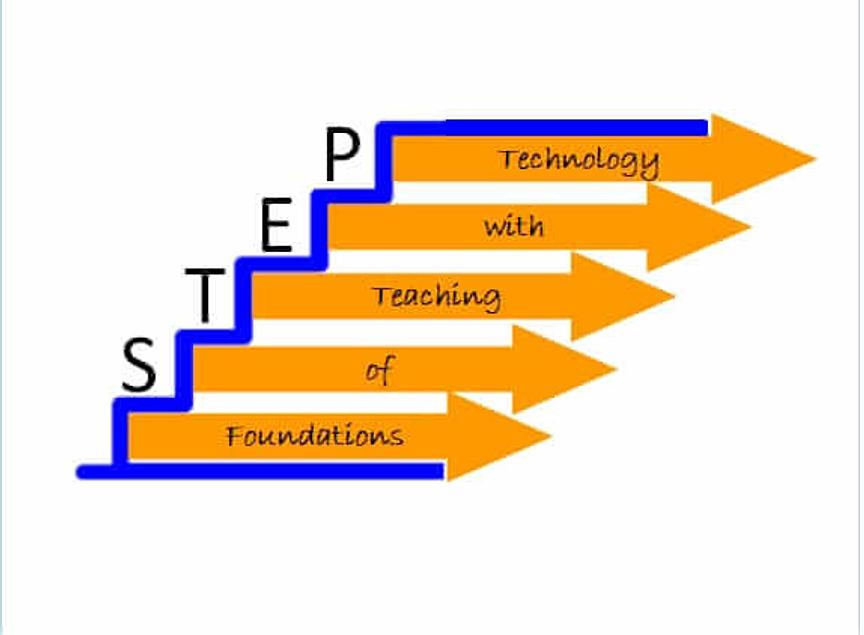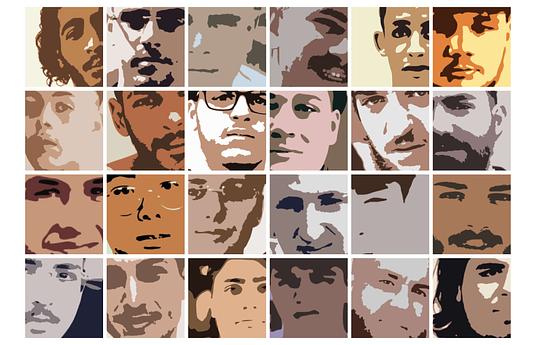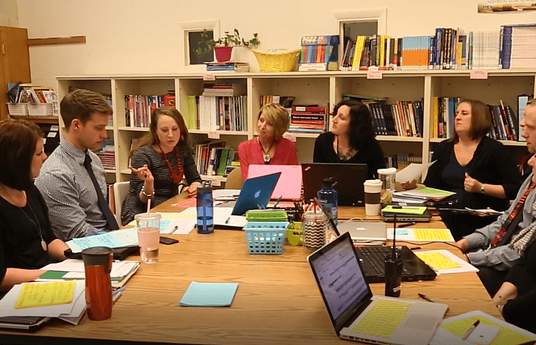FTT responds to the need for teachers to get in touch with learners when they had been out of touch for four months and were desperate to re-engage. Apart from the need for active teaching and learning, the silence and isolation between school and students was creating mental health issues and children dropping out of school (tiny.cc/Step_H1) and children violence and drop-outs (tiny.cc/Step_H1)
The innovation shows teachers how to make use of virtual learning spaces availed by tools that are accessible to teachers all over the country, teaching remotely or blend their classes, practising these new methods with their students or their fellow teachers.
Tools used: The courses are taught with freely available online edtech tools for synchronous and asynchronous teaching and learning activities. Zoom is used for synchronous activities where all the teachers attend the training sessions and participate in different ways. Google Classroom is used for asynchronous activities like watching videos and doing online collaborative activities. A few stand alone tools such as edpuzzle, jamboard, and WhatsApp are also used. In the Intermediate Course the participants also learn to use the Ms Teams platform as they advance the concepts of learner engagement in online teaching and learning.
Feedback 1: tiny.cc/Step_H3
Feedback 2: tiny.cc/Step_H4
Training Session Sample: tiny.cc/TEP-Dec17
STEP, originally known as TEP started in 2002 to offer rapid response professional courses for teachers. TEP has trained up to 5622 educators.
The Covid 19 pandemic resulted in school closures. Many teachers and students were left in educational darkness. The STEP team took its teaching model online with the FTT. Teachers, new to technology, joined. 92% of them joined on smartphones.
Since July 2020 STEP trained 190 teachers who have scaled the training to students and other teachers. A post course survey shows that 74% connected with their students during and after the course. 29 teachers interacted with 1389 students before and after schools re-opened. For example, one trained 24 colleagues.
71.8% used the course completion letter for their professional development assessment.
Prospective participants should contact the administrator at tep@strathmore.edu. The administrator will respond with all the necessary information. The Strathmore website regularly advertises new TPD and gives links to upcoming webinars introducing the programs. These links are easily accessible for any interested educator. Future courses can be found here: tiny.cc/Step_H5



